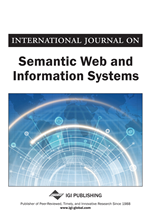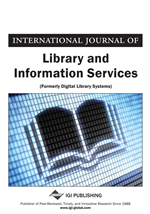Search
The main causes of non-communicable diseases (NCDs), health inequalities and health inequity include consumption of unhealthy commodities such as tobacco, alcohol and/or foods high in fat, salt and/or sugar. These exposures...
The main causes of non-communicable diseases (NCDs), health inequalities and health inequity include consumption of unhealthy commodities such as tobacco, alcohol and/or foods high in fat, salt and/or sugar. These exposures...
Repeated artificial selection of a complex trait facilitates the identification of genes underlying the trait, especially if multiple selected descendant lines are available. Here we developed a pedigree-based approach to...
Repeated artificial selection of a complex trait facilitates the identification of genes underlying the trait, especially if multiple selected descendant lines are available. Here we developed a pedigree-based approach to...
|
|< |
< |
1 |


